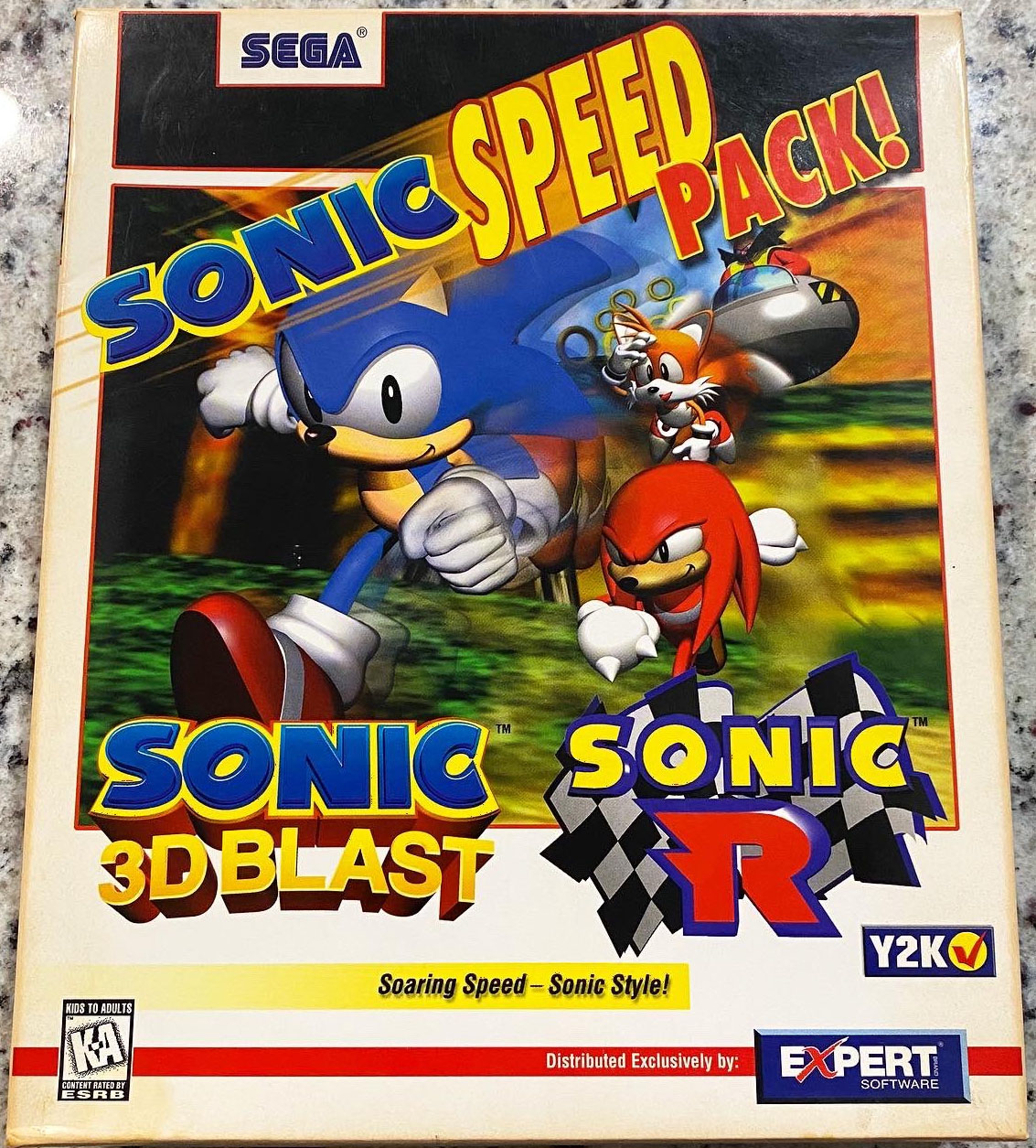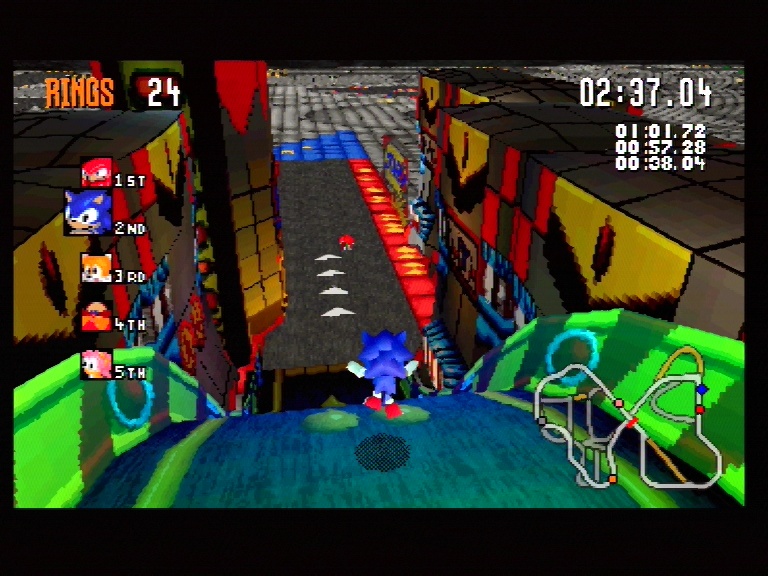
In fact, if you know you’re about to run a character-mode program, it’s probably best to do that and avoid “Start-Run” completely.
CAN SONIC R PC RUN IN DOS WINDOWS
The solution is to run a Windows Command Prompt and type the original command into the resulting command-prompt window. The program reported an error of some sort, and immediately exited.The program is a character-mode program.The most common cause of a quick flash after typing a command into Start-Run is that: The correct way to do so is to run Command Prompt “as administrator”, and then run the command therein. In this case, SFC requires that it be run with Administrative privileges enabled. By starting your own Command Prompt, you control when the window closes.

When run from Start-Run, this message was lost, as the Command Prompt was automatically opened and quickly closed when SFC finished. You can see that SFC has run, printed a message, and exited. Now, in the command prompt, type “SFC” followed by Enter. The Windows Command Prompt is a character-mode interface that you can work in. You can once again use Windows key + R, and enter “CMD” followed by clicking OK, or you can locate the Windows Command prompt in the Start menu. You should see a window come up and disappear quickly - in a flash - and not much else. Into that box, type “sfc” to run the System File Checker.Ĭlick on OK.

Hold down the Windows key and type “R” to bring up the “Run” dialog box. The “flash” you’re seeing is just the Windows Command Prompt opening and closing quickly as all that happens in a flash.

MS-DOS, the pre-cursor to Windows, was built using a character-mode user interface.

Character mode explicitly does not support pictures or graphics of any kind. The key is that in character mode, the only thing that can be displayed on the screen are characters. Your mail program, web browser, text editors, word processors, and more all display various graphical user interface components, including fancy icons, colorful images and controls, and just about anything that can be drawn on the screen.īefore there was a GUI, there was what we now call “character mode.” A “character” is a letter, number, or special item, including punctuation marks. You’re most familiar with programs that sport a Graphical User Interface, or GUI. The fundamental problem here, if you want to call it that, is that there are two types of programs. The good news is, there’s a simple trick that covers it: run a Windows Command Prompt, and type your command into that instead. Start-Run is incredibly useful, but it’s not appropriate for everything. It’s only obvious if you’ve been using PCs since before there was Windows, and before there was a GUI.


 0 kommentar(er)
0 kommentar(er)
